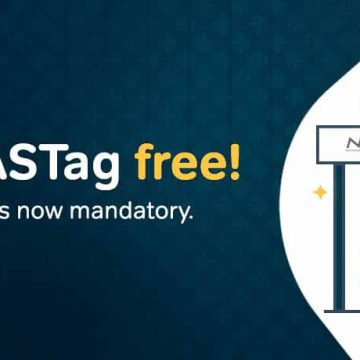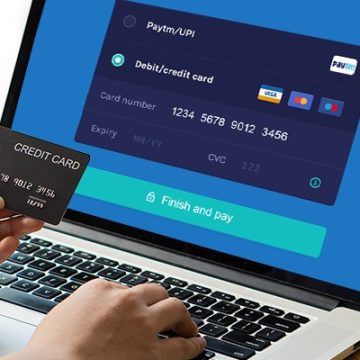A Brief Overview
This article seeks to explore all that EMI cards entail and how they differ from debit cards and credit cards. Shopping on EMI without credit cards is very much a possibility as has been established below.
hat Are EMI Cards?
EMI Cards offer equated monthly installments (or EMIs) which make it possible to pay for pricey products over a time frame that suits you best.
EMI Cards can offer no-cost EMI payment plans such as the Bajaj Finserv EMI Network card which can be applied for on the Bajaj customer portal.
No-cost EMI implies that there is no interest that would otherwise be applicable. Instead, it is added to the item’s discount that is foregone by the buyer.
By using the Bajaj EMI card, you are in fact opening yourself up to a wide range of discounts and offers that are exclusive to cardholders.
How Do EMI Cards Differ from Debit Cards?
With a debit card, while EMI financing is a possibility it is a relatively new offering.
Under this method, you pay for a product with your own money that is debited from your account when a transaction is processed.
Following this, however, it is credited back to your account and a loan is created.
You can then repay this loaned sum with an EMI based on an agreed-upon interest rate.
Some financiers don’t expect you to make use of the funds in your account and provide you with overdraft facilities.
No-cost EMI purchases made via no-cost EMI cards allow for a wide range of products to be purchased which debit cards don’t always allow.
You also have access to a greater amount of loaned funds which you can use with a no-cost EMI card as opposed to with a debit card offering EMI payments.
Debit card financing can be dependent on a fixed deposit being in existence which a no-cost EMI card doesn’t require.
Owing to the fact that no cost EMI with debit cards aren’t an ordinary occurrence, the interest charges added can be extensive in comparison to no-cost EMI card purchases.
How Do EMI Cards Differ from Credit Cards?
1. Interest –
Credit cards allow cardholders to buy goods with credit which results in payments that accrue high-interest charges.
When looking at interest, EMI cards offer no-cost EMIs which means that interest isn’t charged. Instead, the price of the product alone is paid for without interest being charged. Credit cards on the flip side have high-interest rates applied to the cost of any given product. They also require a minimum amount to be paid each month when credit card bills are paid which includes money owed in addition to interest.
2. Eligibility –
EMI cards are easier to be eligible for provided you fall in the age bracket of 21-60 years and have a regular income. Credit cards require you to be older than 18, have a regular income, savings account in your name, and possess good credit history and a decent score for the same.
3. Documentation –
EMI card applications require applicants to submit their Aadhar card, PAN card, a passport-sized photograph, a signed ECS mandate, and a canceled cheque.
Credit cards on the other hand require all of the above in addition to proof of a salary, proof of age, a wide range of bills, and receipts that each show credit history.
Wrapping Up
As established above, EMI without credit card is a possibility either via debit cards or via a no-cost EMI card such as Bajaj Finserv EMI Network card which be taken advantage of on Finserv MARKETS in addition to partner stores. Different people may find one of the three options more feasible than the others. EMI cards are known to be beneficial for middle-class buyers.
REFERENCES
https://www.bajajfinserv.in/insights/bajaj-emi-card-vs-credit-card
https://www.bajajfinserv.in/insights/no-cost-emi-vs-debit-card-emi


















